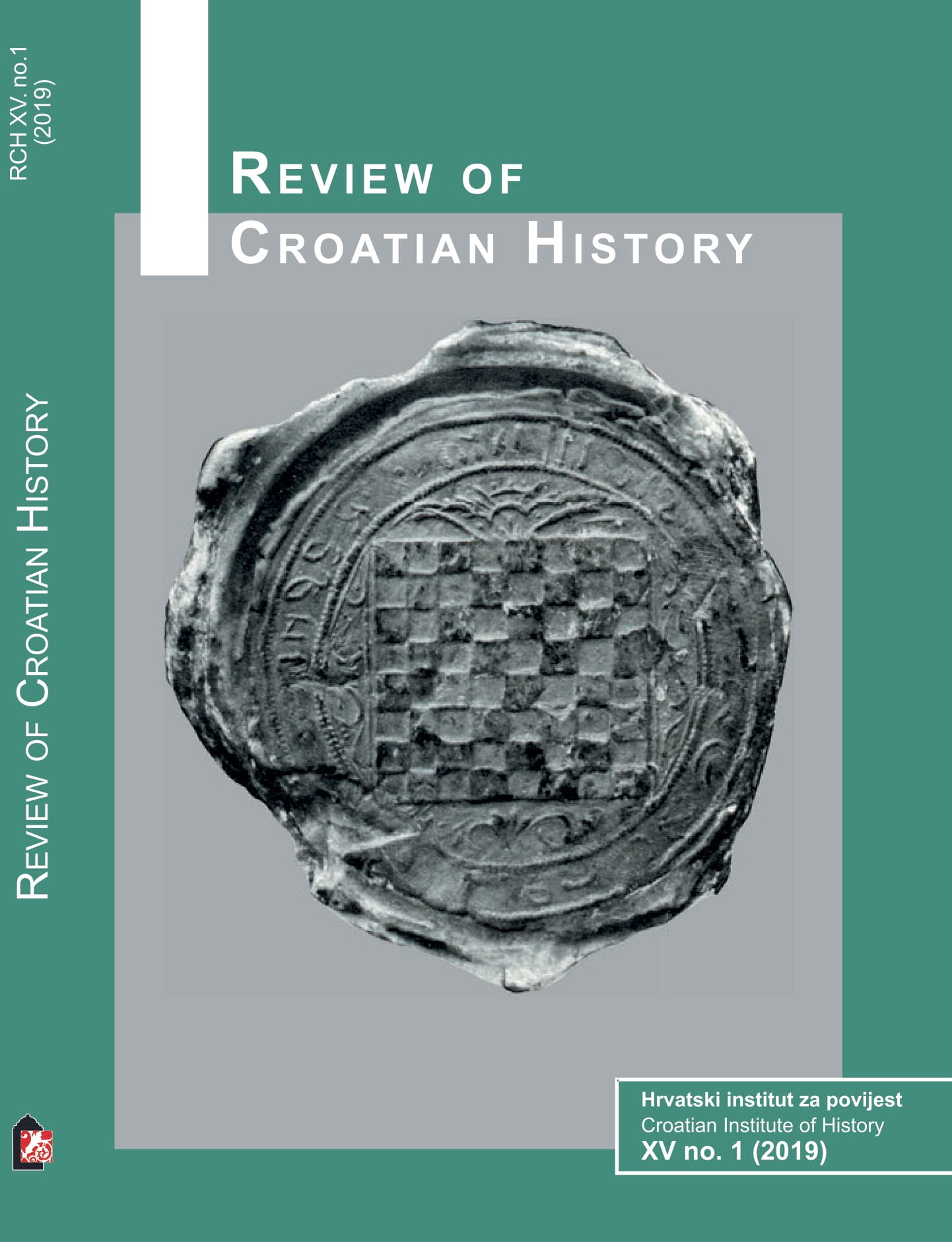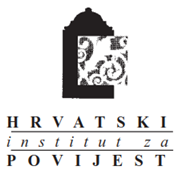EXPROPRIATION OF FEUDAL PROPERTY IN THE INTERWAR PERIOD – EXAMPLES OF FREE AND ROYAL TOWN OF VARAŽDIN AND STARI GRAD SENIORATE POSSESSION BELONGING TO COUNTS OF ERDÖDY
DOI:
https://doi.org/10.22586/review.v15i1.9745Keywords:
Expropriation, Stari grad [Old Town], Varaždin, ErdödyAbstract
Prior to the agricultural reform, the free and royal town of Varaždin owned 1.228 jutros of arable land. The agricultural reform divided 1.038 jutros, the army claimed 100 jutros for its needs, whereas only 90 jutros were left under the ownership of the Town. Previous to the agricultural reform, in the war year of 1917, money received from the lease of the land made up more than 5 percent of the town income. However, having entered the new state union and due to the introduction of the agricultural reform as well as new and higher taxes in 1923, the land lease revenue made up barely 0,2 percent of the town budget. A buyer could enter expropriated land of the Town of Varaždin into the land register only when reimbursement had been payed off, and he also had to build a house there within the next three years. Farmers obtained the land on a temporary one-year lease. Having taken everything into consideration, the agricultural reform failed to increase prosperity, on the contrary, it brought along direct financial losses for the Town of Varaždin. Namely, in March 1939, during a Municipal Council sitting members commented that the Town of Varaždin ceased to be the administration centre of the northern Croatia due to the loss of financial directive and county jurisdiction, whereas it also lost significant financial income due to the seizure of large amounts of land for the agricultural reform. For the purpose of illustration, it would be interesting to see where the properties owned by the Town of Varaždin were located; however, due to the large number of cadastral parcels, its drawing is beyond the scope of this paper.
Regarding the seniorate possession of the Stari grad, Rudolf II Habsburg gave it to count Toma Erdödy and his heirs who managed the property up to the first half of the 20th century. As opposed to the property belonging to the Town of Varaždin, in this case, the number of cadastral parcels is smaller and therefore it was be possible to make an illustration depicting the surface it occupied in the area of the Town of Varaždin. The seniorate possession belonging to the counts of Erdödy was smaller than the then Town of Varaždin and consisted of 1.091 jutros of land. After the agrarian reform had been conducted, 825 cadastral jutros remained. Moreover, the process caused conflicts within the Erdödy family and short time after they vanished from Varaždin.
Downloads
Published
How to Cite
Issue
Section
License
Copyright (c) 2019 Review of Croatian History

This work is licensed under a Creative Commons Attribution-NonCommercial 4.0 International License.
The copyright holders are the Croatian Institute of History (as the publisher) and the authors.
The Review of Croatian History is an open-access journal. Its contents are freely accessible in their entirety. Users may read, download, copy, distribute, print, search, or put links to its material, and to change, reword, and process the material or use it in other legal ways, as long as they cite the original in the appropriate manner, in accordance with the Creative Commons licence CC BY-NC.
Works published in the Review of Croatian History may be deposited in institutional or thematic repositories, as long as the appropriate links to the web pages of the Journal and Hrčak (central portal of Croatian scientific journals) are made available.
The self-archiving policy is indexed in the Sherpa/RoMEO database, where it is visible that the journal allows the depositing of unreviewed (pre-print), reviewed (post-print), or publisher’s versions of the work.


